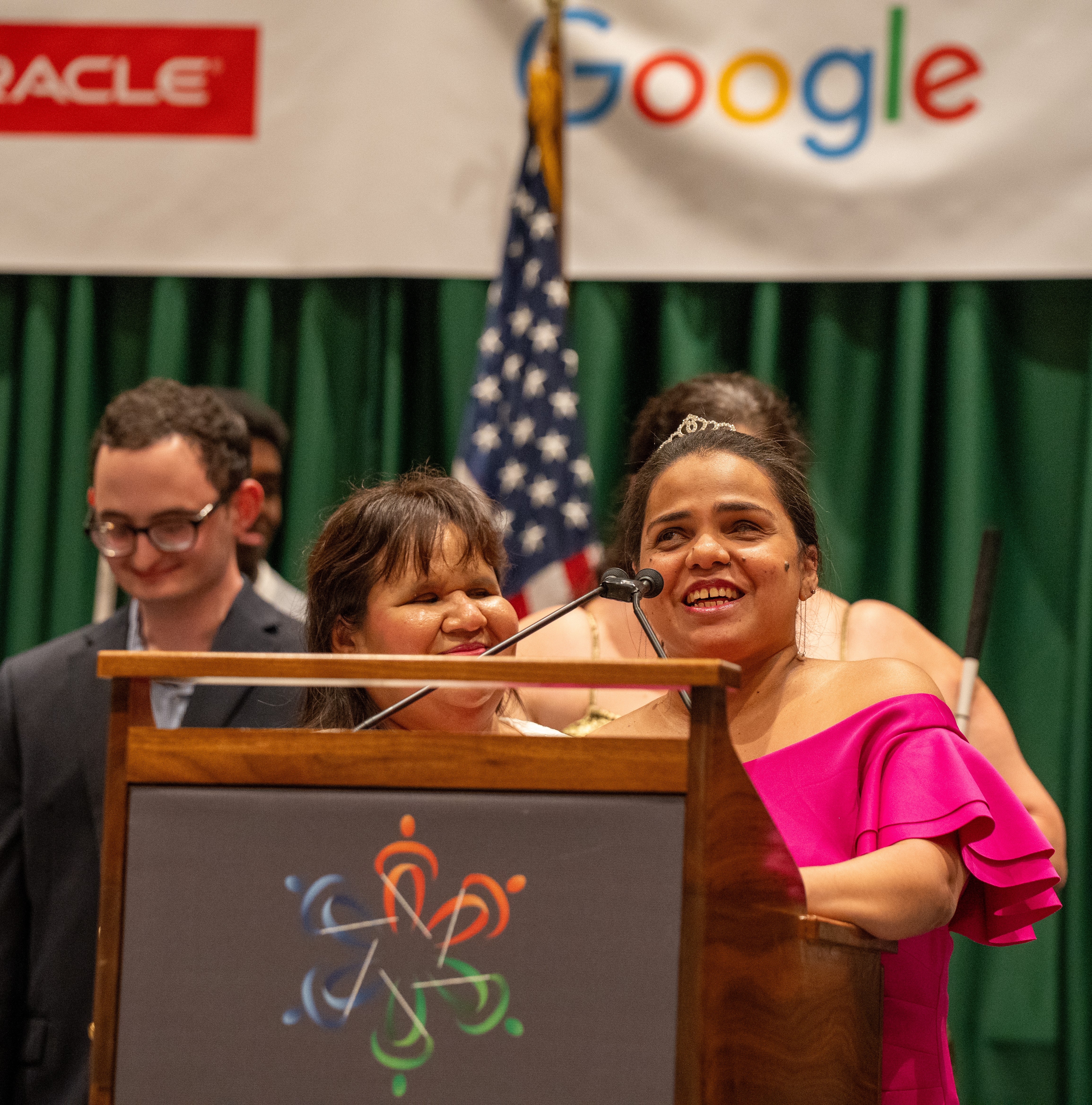Scholarships
The American Action Fund for Blind Children and Adults Scholarship
For more than 100 years the American Action Fund for Blind Children and Adults has strived to improve the lives of blind and Deafblind children and adults. Best known for annually producing and gifting Braille Calendars, sponsoring the free Braille books for blind children program, and administering the Braille Readers are Leaders contest, the American Action Fund leads in promoting Braille literacy. The American Action Fund is proud to award this scholarship to a deserving and talented blind person.
Kenneth Jernigan Scholarship
This scholarship is given yearly by the American Action Fund for Blind Children and Adults, a nonprofit organization that works to enhance the lives of blind people. Dr. Kenneth Jernigan, himself blind, worked tirelessly to raise the expectations of blind people through his innovative leadership both in the organized blind movement and in the field of services for the blind.
His creative approach to life shines through in his many writings and in the programs he administered. His legacy lives on in the generations who look to the understandings he freely offered to inform current programs and practices. The Action Fund dedicates this scholarship to his memory and to the continuation of the timeless work he began.
How to Apply
Applications are available from December 1 to March 31 of the following year. The funding is offered as one of the many available scholarships in the National Federation of the Blind's scholarship program, however the Kenneth Jernigan Scholarship is funded entirely by the American Action Fund for Blind Children and Adults. To apply, please visit nfb.org/scholarships after December 1.
2024 Winner
The winner of the 2024 is Kenneth Jernigan Scholarship is Thelma Gonzales Santana.
Santana.
*Legal Blindness is defined using the federal statute as follows: [T]he term "blindness" means central visual acuity of 20/200 or less in the better eye with the use of a correcting lens. An eye which is accompanied by a limitation in the fields of vision such that the widest diameter of the visual field subtends an angle no greater than 20 degrees shall be considered for purposes in this paragraph as having a central visual acuity of 20/200 or less. 42 U.S.C. - 416(i)(1)(B) (Supp. IV 1986).[1]